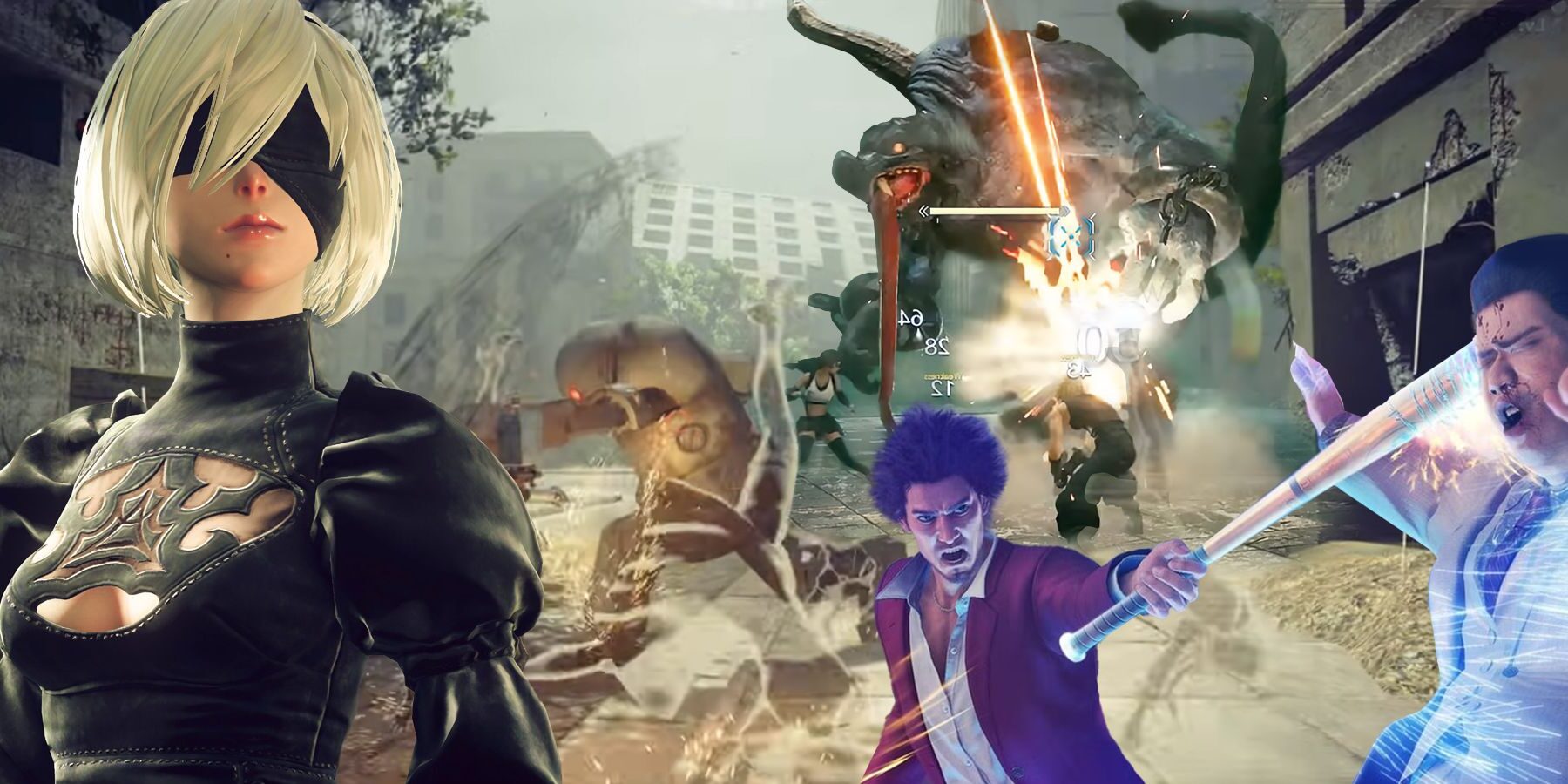Top Action Games with Dynamic Combat Systems
In the ever-evolving world of video games, action titles with dynamic combat systems reign supreme, delivering adrenaline-pumping experiences and intricate gameplay mechanics. These games stand out by offering players fluid, responsive combat that demands both strategy and reflexes. Whether you’re battling through mystical realms, futuristic landscapes, or gritty urban environments, the seamless integration of movement and attack in these games provides an unparalleled sense of immersion. Dive into our curated list of the top action games that excel in dynamic combat, showcasing the pinnacle of what this genre has to offer and keeping you on the edge of your seat.
Top Action Games with Dynamic Combat Systems
What Defines a Dynamic Combat System?
Dynamic combat systems are characterized by their fluidity, responsiveness, and versatility. These systems allow for a wide range of movements, attacks, and defense mechanisms. Players are often able to chain combos, utilize a variety of weapon types, and employ special abilities that keep combat engaging and unpredictable. The AI behavior is also usually sophisticated, providing a challenging yet rewarding experience.
Benefits of Playing Games with Dynamic Combat
Playing games with dynamic combat systems offers numerous benefits. Firstly, they improve reaction time and decision-making skills. These games often require quick thinking and strategy to defeat opponents. Secondly, they provide a sense of immersion and engagement, as the player actively participates in the action. Lastly, they can be a great way to relieve stress and have fun, offering complex challenges that can be both exhilarating and satisfying.
Top Games Known for Dynamic Combat Systems
Many games are celebrated for their innovative combat systems. Here are a few notable titles:
| Game Title | Key Features |
|---|---|
| Devil May Cry 5 | Fast-paced, combo-heavy combat with multiple playable characters |
| Dark Souls III | Challenging enemies, precise timing, and stamina management |
| Batman: Arkham Knight | Fluid hand-to-hand combat, gadgets, and environmental interactions |
| Bayonetta 2 | Stylish combos, dodging mechanics, and magical elements |
| For Honor | Unique control scheme, different fighting styles, and tactical depth |
How Developers Create Dynamic Combat Systems
Developing a dynamic combat system involves a combination of technical skill and creative design. Developers focus on creating smooth animations, responsive controls, and a variety of combat mechanics. They often use motion capture technology to ensure realistic movements and employ sophisticated AI to provide a challenging opponent. Playtesting is crucial to fine-tune the balance and ensure that the combat feels fair and engaging.
The Impact of Player Feedback on Combat Systems
Player feedback plays a significant role in the development and refinement of dynamic combat systems. Beta tests and community feedback help developers identify and fix issues such as balance problems, bugs, and unintuitive mechanics. Additionally, feedback can inspire new features and improvements, ensuring that the game meets players’ expectations and remains enjoyable over time. This iterative process helps create a polished and satisfying combat experience.
FAQs
What defines a dynamic combat system in action games?
A dynamic combat system in action games is characterized by its fluidity and adaptability during gameplay. This type of system allows players to execute a wide range of actions and moves seamlessly, often requiring quick reflexes and strategic thinking. The system typically includes responsive controls, varied attack combinations, and interactive environmental elements that can be used to the player’s advantage. Moreover, a dynamic combat system often incorporates real-time reactions from enemies, ensuring that combat feels realistic and engaging. The key to a dynamic combat system is its ability to evolve and present new challenges, keeping the player constantly engaged and preventing the gameplay from becoming repetitive.
Which action games are renowned for their dynamic combat systems?
Several action games are celebrated for their dynamic combat systems, providing players with immersive and exciting experiences. Titles like Devil May Cry and Bayonetta are often highlighted for their complex and stylish combat mechanics, which allow for a plethora of attack combinations and spectacular finishes. Ninja Gaiden offers intense and precise combat that demands skill and quick decision-making. Batman: Arkham series revolutionized melee combat with its fluid animations and counter-attack system. Additionally, God of War combines visceral, powerful strikes with a narrative-driven approach to combat, enhancing both the gameplay and the story.
How do dynamic combat systems enhance player engagement in action games?
Dynamic combat systems significantly enhance player engagement by providing a satisfying sense of control and accomplishment. These systems often require the player to master various combat techniques, making each encounter feel unique and challenging. The ability to string together combos, utilize special abilities, and interact with the environment ensures that players remain mentally stimulated and invested in the game’s mechanics. The responsiveness of the combat system allows players to execute moves with precision, creating a seamless connection between player input and on-screen action. This level of interactivity and feedback can make even repetitive tasks feel fresh and exciting, maintaining the player’s interest throughout the game.
What are the key elements to consider when designing a dynamic combat system?
When designing a dynamic combat system, developers need to consider several key elements to ensure it is engaging and responsive. First and foremost, control responsiveness is crucial, as players need to feel that their inputs are accurately reflected on screen. Variety in combat moves and combos is also important, allowing players to experiment and develop their own fighting style. Enemy AI plays a significant role, as it must be challenging enough to provide a sense of accomplishment but fair to avoid frustration. Additionally, the inclusion of environmental interactions can add depth to the combat, offering strategic layers and making the encounters more dynamic. Finally, visual and audio feedback are essential to convey the impact of actions and enhance the overall immersive experience.




























Post Comment